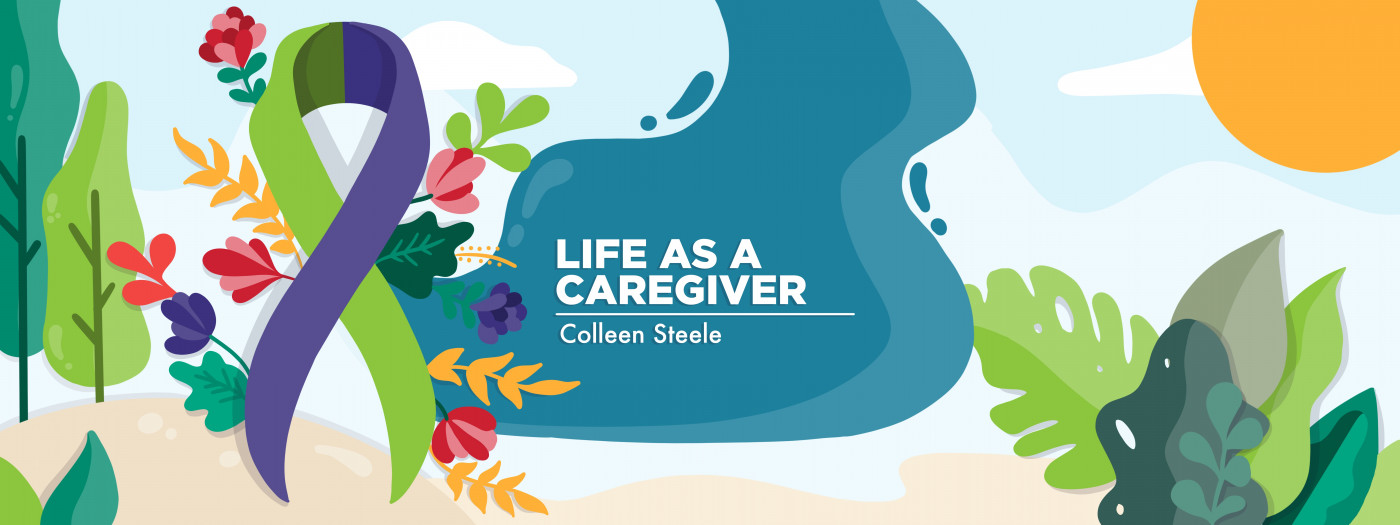Why you should focus on patient and caregiver self-care today
This day is dedicated to a topic that's perfect for people burned out

Physical, emotional, and mental exhaustion are common symptoms of pulmonary hypertension (PH) and caregiver burnout. Many of us will keep packing on the fatigue until that snowball gets harder and harder to push.
All too often, we’ll stop only when the weight of it rolls back and crushes us. Long recoveries can be avoided if we’d just take a day off now and then.
Today happens to be National Comfy Day, and it’s the perfect opportunity to experience the value of self-care instead of pushing yourself to meet unrealistic expectations.
According to the website National Today, on Feb. 20, you are “granted permission to get as comfortable as you please! This means you get to wear comfy clothes, be a complete mess, eat comfort food, and embark on any activity that allows you to be cozy and lazy.”
History of National Comfy Day
Last Christmas, I received a special gift from a friend. “You are going to think I’m crazy, but trust me, you’re going to love it,” she said, holding back laughter.
Once the wrapping paper was torn off, I could see through a vacuum-sealed bag that my gift was a blanket. But I was only half right. I opened the seal and out puffed a pink and fluffy plush blanket with a hood, sleeves, and a deep pocket.
I held up the Waitu Wearable Blanket and laughed when its length fell to my ankles. It reminded me of the bunny suit Ralphie receives from his Aunt Clara in the movie “A Christmas Story.”
“I’m going to look like a deranged Easter bunny,” I teased.
But my good friend knows me well; unlike Ralphie, I love my cozy gift!
What a coincidence that months later, I learned that Michael and Brian Speciale, creators of another wearable blanket called The Comfy, are the founders of National Comfy Day. The brothers invented their wearable blanket in 2017.
National Today shares the birth of the idea:
“One chilly day, Michael woke up to see his nephew on the couch with a sherpa blanket behind him. His arms and knees on the other hand were pulled into an old sweatshirt. This is when the duo began brainstorming on ways they could make an outfit that was a comfortable mixture of a blanket and a shirt. And voila, ‘The Comfy’ was created.”
Keeping my eyes on comfort
As a caregiver, my burnout often progresses into a full-blown migraine. Knowing this, my husband, Brian, also gave me a special Christmas gift, one that I had no idea existed. Although it looks like something out of a science fiction movie, it’s helped make relaxation a reality for me.
It’s called the Renpho eye massager, and it features heat and Bluetooth music. It even talks to me in a soothing voice: “Please close your eyes, relax, and enjoy.” When finished, it says, “Renpho massage completed. Wait one minute before opening your eyes.”
I was skeptical that I’d get any use out of the odd-looking device, but to be polite, I tried it. And to my surprise, I loved it! Not only does it relieve my migraines, it also does something even more miraculous: It helps me fall asleep!
What does comfy look like?
National Today suggests that comfy could be pajamas, a T-shirt, or a towel. It’s a time to let our hair down and wear what we want. What I want on this National Comfy Day is my big wearable blanket and sci-fi eye massager!
When my son Cullen saw me wearing them for the first time, I could sense his smirk. “Well, that’s a look,” he snickered. He’s not wrong, but that’s OK. I’m comfy enough to laugh at myself!
Don’t knock it till you try it!
Cullen won’t try the eye massager, but to be funny, he put my Waitu on one day, not expecting to find it so comfortable. “Does this come in black?” he quipped.
All kidding aside, rest is important for both patients and caregivers. I highly recommend comfy days, not just on Feb. 20, but as often as you need them to stay well throughout the year.
“May your clothes be comfy, your coffee strong, and your outlook sunny!” — Author unknown
What will your comfy day look like? Please share in the comments below.
Note: Pulmonary Hypertension News is strictly a news and information website about the disease. It does not provide medical advice, diagnosis, or treatment. This content is not intended to be a substitute for professional medical advice, diagnosis, or treatment. Always seek the advice of your physician or other qualified health provider with any questions you may have regarding a medical condition. Never disregard professional medical advice or delay in seeking it because of something you have read on this website. The opinions expressed in this column are not those of Pulmonary Hypertension News or its parent company, Bionews, and are intended to spark discussion about issues pertaining to pulmonary hypertension.









Leave a comment
Fill in the required fields to post. Your email address will not be published.